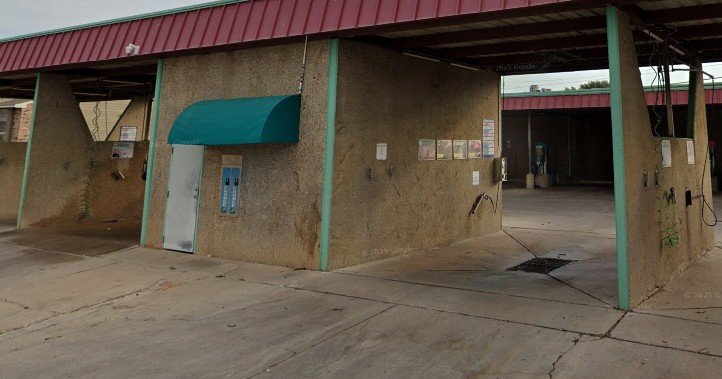Near Miss: Drone Endangers Aerial Firefighting Efforts at Barth Fire

In a harrowing incident on Friday, a potentially catastrophic collision between a helicopter and a drone sent shockwaves through firefighting efforts at the ongoing Barth Fire in Caldwell County. The drone came dangerously close to the firefighting helicopter as it was delivering water to the 150-acre blaze, highlighting the severe safety risks posed by unauthorized drone operations during wildfire emergencies.
Drones, which have become increasingly popular among hobbyists, pose a significant threat to both aviation resources and ground-based firefighters. The incident underscored the potential for disaster, as a collision between a firefighting aircraft and a drone could lead to serious injuries or fatalities, as well as hamper firefighting efforts, resulting in the escalation of wildfires.
“Pilots have no way to detect a drone or know there is one present in the airspace until they see it,” cautioned Jared Karns, the Texas A&M Forest Service State Aviation Manager. Aerial firefighting resources play a pivotal role in quickly containing wildfires, preventing them from spiraling out of control. However, their effectiveness hinges on a safe operational environment.
Aerial firefighting operations could be temporarily suspended if drones are spotted in the vicinity of a wildfire. This delay could potentially allow the fire to spread further, putting more lives and property at risk. Firefighting aircraft, including helicopters, airtankers, and leadplanes, often fly at low altitudes – as low as 150 feet above the ground – a range that coincides with the altitude at which many hobbyist drones operate.
To counter these safety risks, the Texas A&M Forest Service works in collaboration with the Federal Aviation Administration (FAA) to enforce Temporary Flight Restrictions (TFR) in wildfire areas. Under these restrictions, all aircraft, including drones, are prohibited from entering the designated airspace. Interfering with firefighting aircraft, regardless of flight restrictions, is considered a federal offense.
The ongoing threat of wildfires, fueled by persistent triple-digit temperatures and dry conditions across the state, has prompted the Texas A&M Forest Service to deploy more than 60 aviation resources since July. These resources have been crucial in combating wildfires, dropping over half a million gallons of retardant and more than 3.2 million gallons of water to slow the fires’ spread and aid ground crews in their efforts to protect homes and vital infrastructure.
Jared Karns emphasized the daily dedication of firefighting aircraft in their response to emergencies. “These aircraft are responding to incidents every single day,” he stated. He also urged the public to steer clear of wildfire areas, facilitating a safe environment for both firefighting aircraft and ground crews.
Since the beginning of the year, state and local firefighters have battled a staggering 3,211 wildfires across Texas, scorching a total of 110,633 acres. With more than 1,350 of these fires occurring in July and August alone, the situation remains dire.
For information on the current wildfire situation in Texas, visit https://tfsweb.tamu.edu/CurrentSituation/.
Texas A&M Forest Service does not own any aviation resources but instead uses federal aviation contracts through the USDA Forest Service and Bureau of Land Management for all firefighting aircraft.







